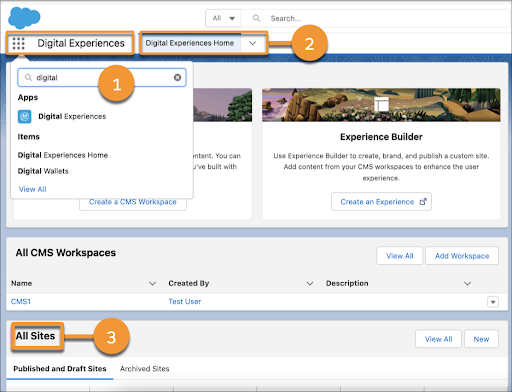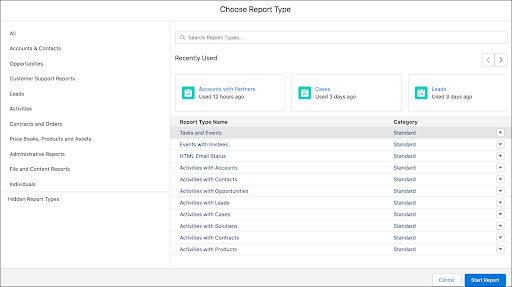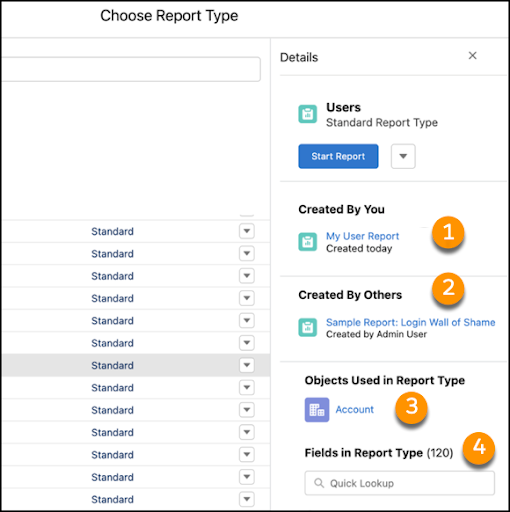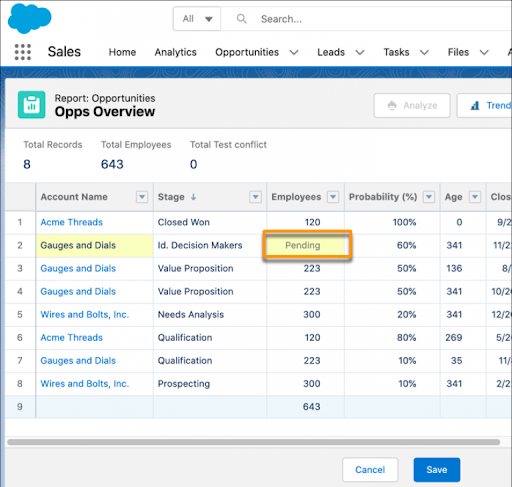The Salesforce Spring ‘22 Release has been out for nearly a month now, and it included important features for marketers who are on the Salesforce platform.
We get three major releases from Salesforce each year — Spring, Summer and Winter. Each Salesforce release includes upgrades and enhancements that affect Salesforce orgs in different ways.
So, if you’re using and managing marketing operations for your company or organization and want to know more about Salesforce, then you’re in the right place. We’re going to cover everything you need to know about the Salesforce Spring ‘22 Release if you’re a marketer who uses Salesforce.
Salesforce Spring ’22 Release: Highlights for Marketers
Marketers who use the Salesforce platform are getting lots of attention from the Salesforce Spring ‘22 Release.
Some updates are changing the way we work to meet evolving technology demands. Others are saving us time by connecting the dots in a logical way.
All we know is, this release includes big updates for people in the marketing world.
Highlight #1: Salesforce CMS Name Change to Digital Experiences
If you’ve enabled the new Pardot Lightning Email Builder or Lightning Landing Page Builder already, then you’ve heard of Salesforce CMS.
Salesforce CMS was a tool within Lightning Experience that provides the ability to curate and share content, manage multiple languages, and control who can create what content. However, along with a slew of Salesforce product name changes, Salesforce renamed the tool Digital Experiences to stay consistent with the former Community Cloud change to Experience Cloud.
There are no changes to the features that were available with Salesforce CMS, and Salesforce even allows users to type Salesforce CMS in the App Launcher to reach Digital Experiences.

Image Credit: Salesforce
Highlight #2: Salesforce Reporting Updates
Marketers on Salesforce have so many options when it comes to viewing marketing reporting metrics. Every tool in your tech stack has some sort of native reporting tools. But that data is limited to the tool.
Feeding that data into your marketing automation platform (MAP) gives you access to more insights when you can combine datasets. But you’re still limited.
But connecting your MAP to Salesforce platform reporting tools unlocks a whole world of data insights. We’re talking about sharing data from Pardot and Marketing Cloud with Salesforce Reports and Analytics Studio (Tableau CRM).
Here are the reporting updates marketers on Salesforce will want to know about.
Improvement #1: Easily Find the Right Report Type for New Reports (Beta)
Building reports in Salesforce can be very confusing at first if you don’t know what report type to look for. So, this improvement is definitely an exciting one.
With the new enhanced report type selector, users can view their most recently used report types and see if a report type is standard or custom.

Image Credit: Salesforce
Another feature provided in this update is the ability to view the objects and fields available with the report type. And you can also see what reports have been created by yourself and other users using the report type.

Image Credit: Salesforce
Improvement #2: Edit Multiple Fields Inline on the Report Run Page (Beta)
Salesforce users and marketers both have a need to update information on the fly while viewing a report in Salesforce. This new feature provides the ability to edit fields within your report on multiple records.
You can make as many changes as you want, as long as the field is not locked, and then save all of the changes at once without rerunning the report. Fields that are related to other fields within that same record will update those additional fields as well once you save your changes within the report.
The example below is a preview of what happens when the Account on an Opportunity is updated and the Employees field shows as pending. Seeing this screen means the field will update as well once the record is saved.

Improvement #3: Automatically Tune Your Dashboards to Your Business Goals with Dynamic Gauge Charts (GA)
If you have ever used a Salesforce Dashboard to track your campaign metrics, then you might have used a Gauge Report chart before.
Gauge charts typically track performance toward a certain goal that you set in place when the dashboard was created. This new feature will provide you with the ability to track your performance dynamically instead of setting a singular goal for the year.
This means Salesforce will use your report metrics and dynamically update your goal as it responds to your business and performance whether it is a positive or negative change.
Improvement #4: Personal Information Security Updates
Marketers should always ensure that their customer data is compliant and respects the customer’s personal preferences. With that in mind, Salesforce has released a new update to help hide customer’s personal data from other customers who are in the same portal or community.
Enabling Enhanced Personal Information Management will replace the current Hide Personal Information setting available in Setup and will secure even more PII data on the User record. The new feature provides the ability to select which standard and custom fields are considered PII in your Salesforce org.
Companies should be aware that customers will no longer have access to their own personal data in the community or portal for the fields you select to hide on the User record. This feature will become enforced in all Salesforce organizations during the Winter ‘23 release.
Salesforce is getting bigger and better all the time
B2B marketers who come to Salesforce are usually looking to scale their efforts and grow in a way that makes sense. These latest enhancements from the Salesforce Spring ‘22 Release get marketers closer to those goals by saving them time and resources.
Contact the team at Sercante to get help implementing these enhancements in your Salesforce org. And leave us a comment below to let us know what you think about the Spring ‘22 Release.










